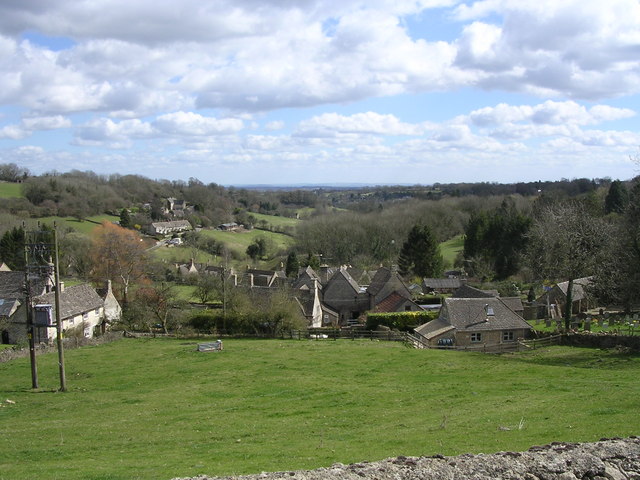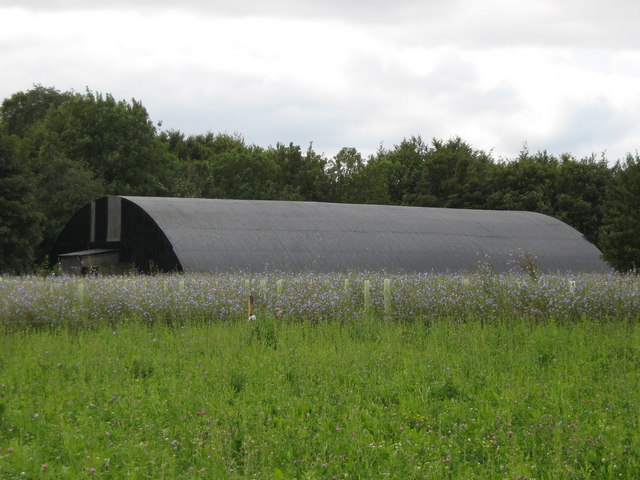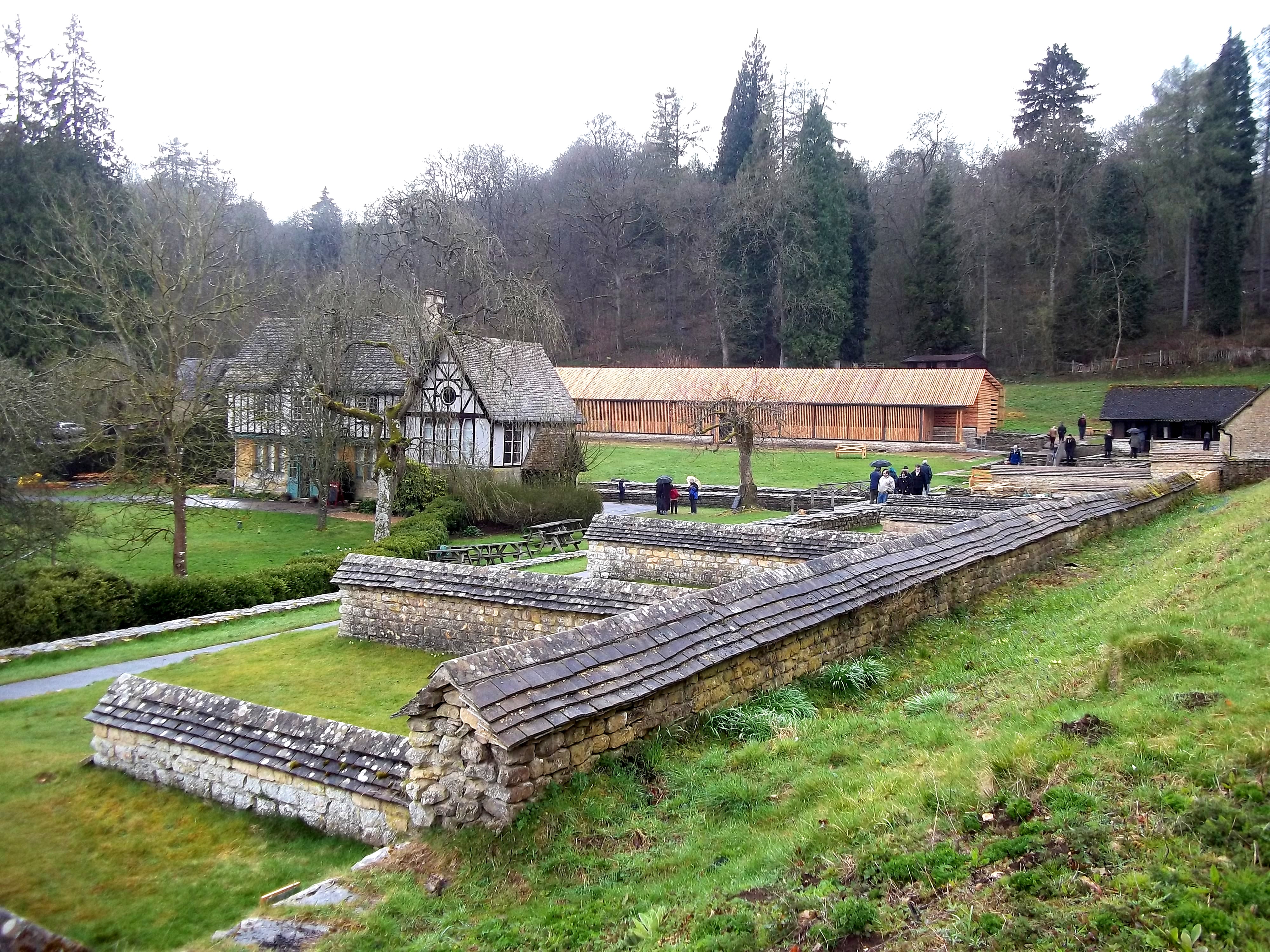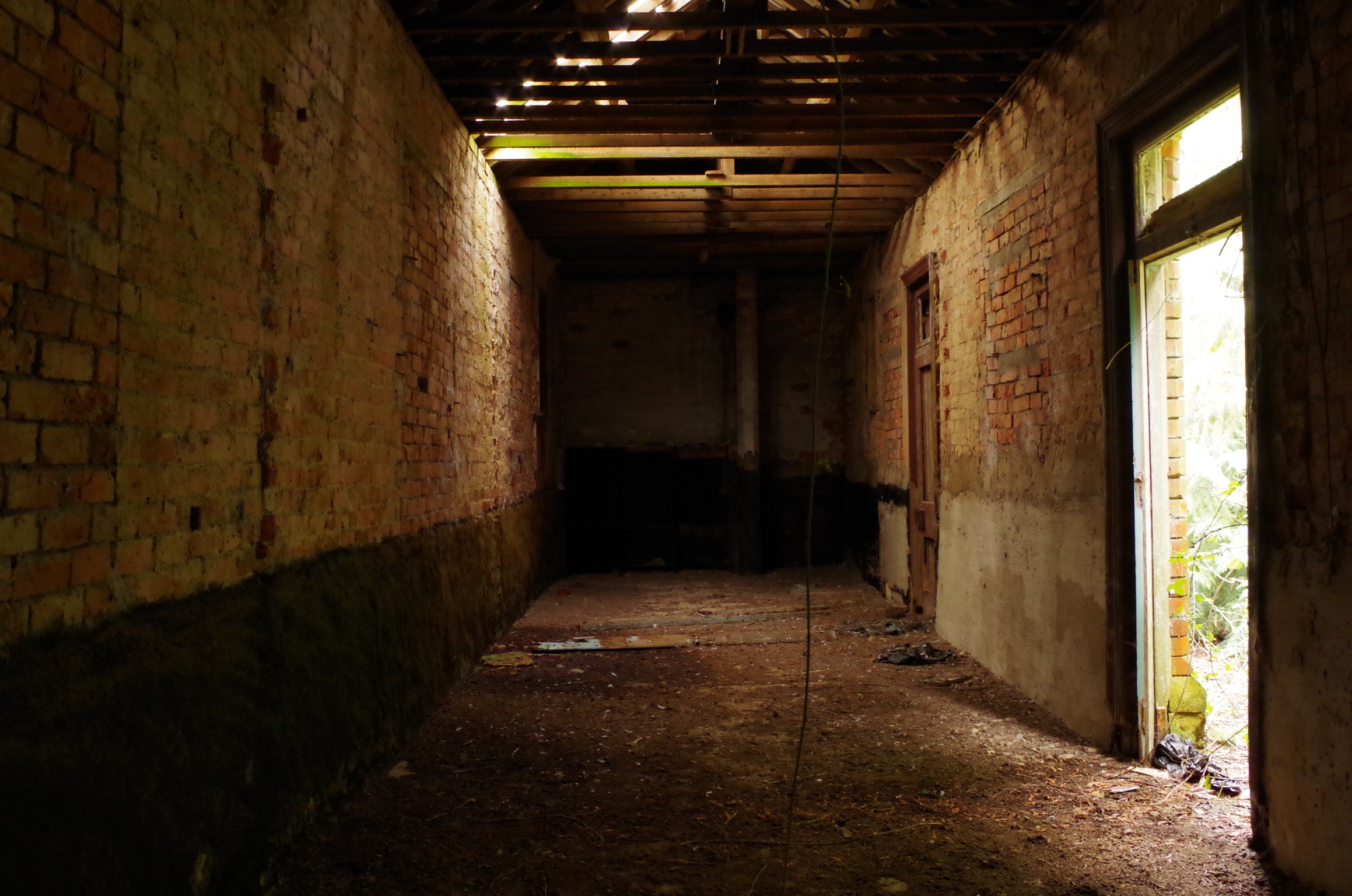Beech Walk
Wood, Forest in Gloucestershire Cotswold
England
Beech Walk
![Chedworth Roman Villa [1] The modern building houses a museum and café.
Chedworth Roman Villa is a large and elaborate Roman villa and was occupied well beyond the Roman period. Built in phases from the 2nd century to the 5th century, it was an elite dwelling around three sides of a courtyard. The villa is in the care of the National Trust. The site is a Scheduled Ancient Monument with details at: <span class="nowrap"><a title="https://historicengland.org.uk/listing/the-list/list-entry/1003324" rel="nofollow ugc noopener" href="https://historicengland.org.uk/listing/the-list/list-entry/1003324">Link</a><img style="margin-left:2px;" alt="External link" title="External link - shift click to open in new window" src="https://s1.geograph.org.uk/img/external.png" width="10" height="10"/></span>](https://s0.geograph.org.uk/geophotos/07/00/02/7000224_98f9701d.jpg)
Beech Walk is a picturesque woodland located in Gloucestershire, a county in southwest England. This enchanting forest is renowned for its dense population of beech trees, which create a captivating canopy that stretches for miles. The woodland is a popular destination for nature enthusiasts and hikers seeking a tranquil escape from the bustling city life.
The beech trees in Beech Walk are majestic, towering over visitors and casting a cool shade on the forest floor. The forest is particularly stunning during the autumn months when the leaves transform into a kaleidoscope of vibrant reds, oranges, and yellows. This seasonal display draws in countless photographers and artists looking to capture the beauty of nature at its finest.
The woodland is home to a diverse range of flora and fauna, making it a haven for wildlife lovers. Visitors may catch a glimpse of various species of birds, such as woodpeckers and owls, as well as small mammals like squirrels and hedgehogs. The peaceful atmosphere of Beech Walk provides a perfect habitat for these creatures.
Nature trails wind their way through Beech Walk, allowing visitors to explore the forest and discover hidden gems along the way. The paths are well-maintained, making it accessible for all ages and abilities. Along the trails, there are informative signs highlighting the different tree species and wildlife that can be found in the area, providing an educational aspect to the visit.
Beech Walk in Gloucestershire is a true gem for nature lovers, offering a serene and captivating experience amidst the beauty of the woodland.
If you have any feedback on the listing, please let us know in the comments section below.
Beech Walk Images
Images are sourced within 2km of 51.808497/-1.929172 or Grid Reference SP0412. Thanks to Geograph Open Source API. All images are credited.
![Chedworth Roman Villa [1] The modern building houses a museum and café.
Chedworth Roman Villa is a large and elaborate Roman villa and was occupied well beyond the Roman period. Built in phases from the 2nd century to the 5th century, it was an elite dwelling around three sides of a courtyard. The villa is in the care of the National Trust. The site is a Scheduled Ancient Monument with details at: <span class="nowrap"><a title="https://historicengland.org.uk/listing/the-list/list-entry/1003324" rel="nofollow ugc noopener" href="https://historicengland.org.uk/listing/the-list/list-entry/1003324">Link</a><img style="margin-left:2px;" alt="External link" title="External link - shift click to open in new window" src="https://s1.geograph.org.uk/img/external.png" width="10" height="10"/></span>](https://s0.geograph.org.uk/geophotos/07/00/02/7000224_98f9701d.jpg)
![Chedworth Roman Villa [2] The villa is located next to a natural spring, around which was later built an apsidal shrine to the water-nymphs.
Chedworth Roman Villa is a large and elaborate Roman villa and was occupied well beyond the Roman period. Built in phases from the 2nd century to the 5th century, it was an elite dwelling around three sides of a courtyard. The villa is in the care of the National Trust. The site is a Scheduled Ancient Monument with details at: <span class="nowrap"><a title="https://historicengland.org.uk/listing/the-list/list-entry/1003324" rel="nofollow ugc noopener" href="https://historicengland.org.uk/listing/the-list/list-entry/1003324">Link</a><img style="margin-left:2px;" alt="External link" title="External link - shift click to open in new window" src="https://s1.geograph.org.uk/img/external.png" width="10" height="10"/></span>](https://s2.geograph.org.uk/geophotos/07/00/02/7000226_fb90f89b.jpg)
![Chedworth Roman Villa [3] Part of the remains of the bath house.
Chedworth Roman Villa is a large and elaborate Roman villa and was occupied well beyond the Roman period. Built in phases from the 2nd century to the 5th century, it was an elite dwelling around three sides of a courtyard. The villa is in the care of the National Trust. The site is a Scheduled Ancient Monument with details at: <span class="nowrap"><a title="https://historicengland.org.uk/listing/the-list/list-entry/1003324" rel="nofollow ugc noopener" href="https://historicengland.org.uk/listing/the-list/list-entry/1003324">Link</a><img style="margin-left:2px;" alt="External link" title="External link - shift click to open in new window" src="https://s1.geograph.org.uk/img/external.png" width="10" height="10"/></span>](https://s1.geograph.org.uk/geophotos/07/00/02/7000229_2c96be80.jpg)
![Chedworth Roman Villa [4] The plaque describes this as &#039;a multi-purpose heated room&#039;.
Chedworth Roman Villa is a large and elaborate Roman villa and was occupied well beyond the Roman period. Built in phases from the 2nd century to the 5th century, it was an elite dwelling around three sides of a courtyard. The villa is in the care of the National Trust. The site is a Scheduled Ancient Monument with details at: <span class="nowrap"><a title="https://historicengland.org.uk/listing/the-list/list-entry/1003324" rel="nofollow ugc noopener" href="https://historicengland.org.uk/listing/the-list/list-entry/1003324">Link</a><img style="margin-left:2px;" alt="External link" title="External link - shift click to open in new window" src="https://s1.geograph.org.uk/img/external.png" width="10" height="10"/></span>](https://s3.geograph.org.uk/geophotos/07/00/02/7000231_9496d21a.jpg)
![Chedworth Roman Villa [5] One of the mosaic floors.
Chedworth Roman Villa is a large and elaborate Roman villa and was occupied well beyond the Roman period. Built in phases from the 2nd century to the 5th century, it was an elite dwelling around three sides of a courtyard. The villa is in the care of the National Trust. The site is a Scheduled Ancient Monument with details at: <span class="nowrap"><a title="https://historicengland.org.uk/listing/the-list/list-entry/1003324" rel="nofollow ugc noopener" href="https://historicengland.org.uk/listing/the-list/list-entry/1003324">Link</a><img style="margin-left:2px;" alt="External link" title="External link - shift click to open in new window" src="https://s1.geograph.org.uk/img/external.png" width="10" height="10"/></span>](https://s0.geograph.org.uk/geophotos/07/00/02/7000232_d57fa5a8.jpg)
![Chedworth Roman Villa [6] Part of a mosaic floor with the hypocaust underneath.
Chedworth Roman Villa is a large and elaborate Roman villa and was occupied well beyond the Roman period. Built in phases from the 2nd century to the 5th century, it was an elite dwelling around three sides of a courtyard. The villa is in the care of the National Trust. The site is a Scheduled Ancient Monument with details at: <span class="nowrap"><a title="https://historicengland.org.uk/listing/the-list/list-entry/1003324" rel="nofollow ugc noopener" href="https://historicengland.org.uk/listing/the-list/list-entry/1003324">Link</a><img style="margin-left:2px;" alt="External link" title="External link - shift click to open in new window" src="https://s1.geograph.org.uk/img/external.png" width="10" height="10"/></span>](https://s1.geograph.org.uk/geophotos/07/00/02/7000233_2a376324.jpg)


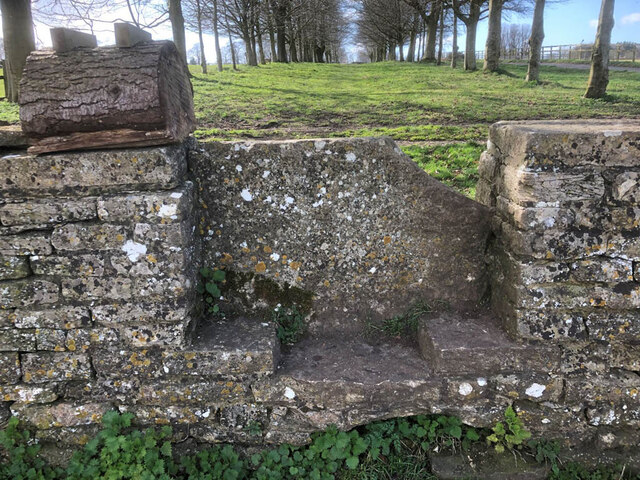






Beech Walk is located at Grid Ref: SP0412 (Lat: 51.808497, Lng: -1.929172)
Administrative County: Gloucestershire
District: Cotswold
Police Authority: Gloucestershire
What 3 Words
///hitters.plugs.invoices. Near Northleach, Gloucestershire
Nearby Locations
Related Wikis
Church of St Andrew, Chedworth
The Anglican Church of St Andrew at Chedworth in the Cotswold District of Gloucestershire, England was built in the late 12th century. It is a grade I...
Chedworth
Chedworth is a village and civil parish in Gloucestershire, southwest England, in the Cotswolds. It is known as the location of Chedworth Roman Villa,...
Chedworth Halt railway station
Chedworth Halt railway station was on the Midland and South Western Junction Railway in Gloucestershire. The station opened on 1 October 1892, 14 months...
RAF Chedworth
Royal Air Force Chedworth or more simply RAF Chedworth is a former Royal Air Force satellite station located near Chedworth, Gloucestershire, England....
Chedworth Roman Villa
Chedworth Roman Villa is located near Chedworth, Gloucestershire, England and is a scheduled monument. It is one of the largest and most elaborate Roman...
Stony Furlong Railway Cutting
Stony Furlong Railway Cutting (grid reference SP063106) is a 2.7-hectare (6.7-acre) geological Site of Special Scientific Interest in Gloucestershire,...
Chedworth Nature Reserve
Chedworth Nature Reserve (grid reference SP048143) is a 6-hectare (15-acre) nature reserve in Gloucestershire. The site is listed in the 'Cotswold District...
Foss Cross railway station
Foss Cross railway station was on the Midland and South Western Junction Railway in Gloucestershire. The station opened on 1 August 1891 with the section...
Nearby Amenities
Located within 500m of 51.808497,-1.929172Have you been to Beech Walk?
Leave your review of Beech Walk below (or comments, questions and feedback).




